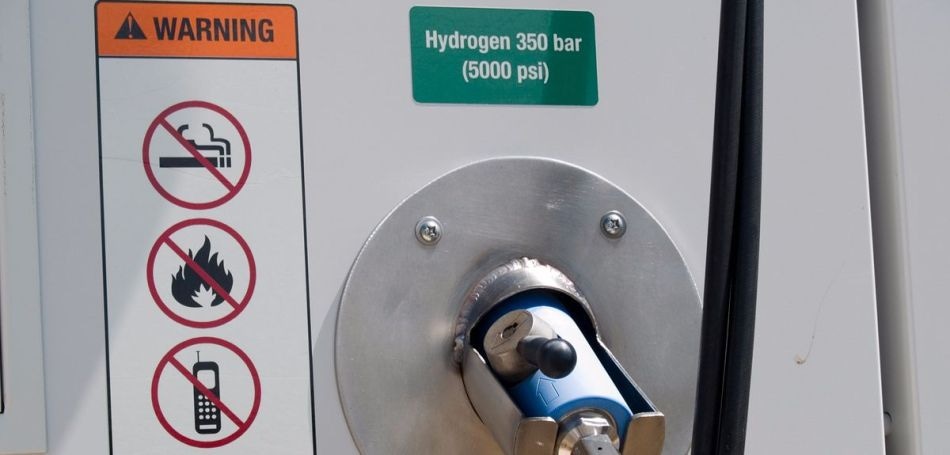Oct 21 2016
 Credit: University of Oxford
Credit: University of Oxford
Hydrogen is generally known as the fuel of the future, especially when it is utilized in hydrogen-powered fuel cell vehicles. One of the main challenges of utilizing this technology for future sustainable transportation systems is the absence of a lightweight and safe on-board hydrogen storage material.
Scientists at the universities of Oxford, Cambridge and Cardiff in the UK, and the King Abdulaziz City for Science and Technology (KACST) in Saudi Arabia have now come up with a new discovery that demonstrates how hydrocarbon wax rapidly releases huge quantities of hydrogen when it is activated with microwaves and catalysts.
This potential safe storage method has the ability to increase the adoption of hydrogen-fuelled cars. This research has been published in the Nature journal Scientific Reports.
Study co-author Professor Peter Edwards, who leads the KACST-Oxford Petrochemical Research Centre (KOPRC), a KACST Centre of Excellence in Petrochemicals at Oxford University, said: 'This discovery of a safe, efficient hydrogen storage and production material can open the door to the large-scale application of fuel cells in vehicles.'
Our discovery – that hydrogen can be easily and instantly extracted from wax, a benign material that can be manufactured from sustainable processes – is a major step forward. Wax will not catch fire or contaminate the environment. It is also safe for drivers and passengers.
Dr Tiancun Xiao, Senior Research Fellow, Oxford University
Co-author Professor Hamid Al-Megren, from the Materials Research Institute at KACST, said: 'This is an exciting development – it will allow society to utilise fossil fuels or renewable-derived wax to generate on-board hydrogen for fuel cell applications without releasing any carbon dioxide into the air.'
Hydrocarbons are considered to be natural, hydrogen-rich resources that possess definite infrastructures. With the assistance of microwave irradiation, scientists have developed highly selective catalysts that can extract hydrogen from hydrocarbons instantly by a non-oxidative dehydrogenation process. This research is expected to unlock the longstanding bottleneck that hampers the large-scale adoption of hydrogen fuel technology.
Co-author Professor Angus Kirkland, from the Department of Materials at Oxford University and Science Director at the new electron Physical Science Imaging Centre (ePSIC) at Harwell Science and Innovation Campus, considers this research as a model of how Oxford tackles key industrial and academic complications by utilizing interdisciplinary expertise and resources.
Co-author Professor Sir John Meurig Thomas, from the Department of Materials Science and Metallurgy at the University of Cambridge, stated that the work could be extended so that liquid components of inexpensive solid catalysts and refined petroleum can lead to massive production of high-purity hydrogen that can be utilized for commercial purposes, including CO2 -free energy production.
Professor Edwards added: 'Instead of burning fossil fuels, leading to CO2, we use them to generate hydrogen, which with fuel cells produces electric power and pure water. This is the future – transportation without CO2 and hot air.'
The paper 'Wax: A benign hydrogen-storage material that rapidly releases H2-rich gases through microwave-assisted catalytic decomposition' is featured in the journal Scientific Reports.